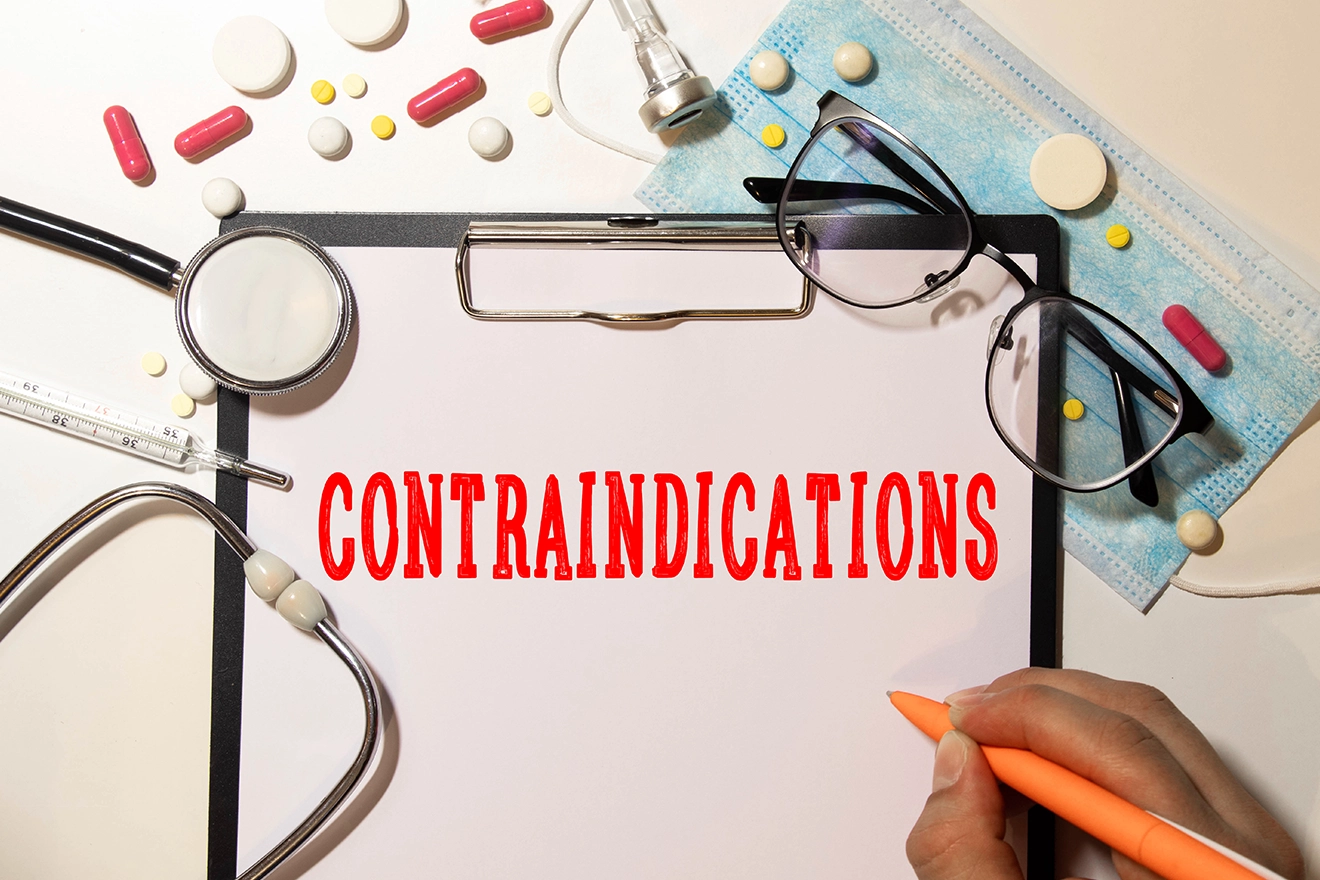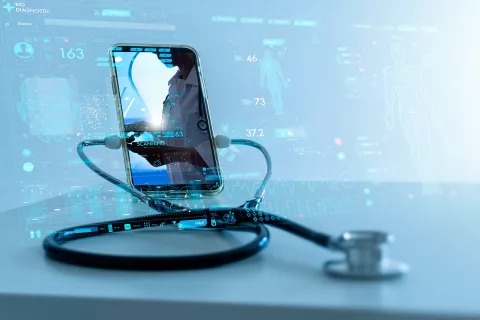
You’re building an AI-driven Software as a Medical Device. You have locked down the code, your model is trained, and performance looks solid. Now comes the clinical evaluation, specifically, the State of the Art (SotA). Here’s the part most companies underestimate, and regulators never do.
Yet, many medical device manufacturers underestimate its significance, resulting in submission setbacks, delayed approvals, or outright rejection.
This guide outlines key principles for developing a defensible SotA , what regulators expect, where manufacturers commonly err, and how to structure a compelling clinical narrative grounded in established medical practice.
Understanding the Clinical State of the Art
The Clinical State of the Art represents modern and accepted medical treatment methods for particular healthcare fields. It encompasses:
- Established diagnostic and therapeutic pathways
- Medical professionals use identified clinical targets together with evaluation measurement tools
- Existing interventions and competing technologies
- Medical professionals understand safety thresholds together with known advantages and disadvantages and protective measures
A properly arranged SotA serves to set a clinical standard that enables performance evaluation of medical devices rather than attempt to perform device validation. This evaluation determines how the device interfaces with current clinical standards along with its potential enhancements or modifications of those practices.
Regulatory Perspective: EU MDR and Beyond
The clinical assessment of medical devices for EU MDR Annex XIV (Part A) needs to include foundations from “present understanding / state-of-the-art objectives from the relevant medical discipline.” The assessment relies on peer-reviewed literature as one of several suitable research sources.
Supervisory organizations demand complete clinical guideline synthesis that combines professional recommendations with epidemiological research findings with observational device data. The use of a limited or one-sided approach does not provide sufficient evidence.
The requirement for this standard extends to the guidance on SaMD clinical evaluation from the FDA as well as the IMDRF documents. The evidence confirms that SotA should represent actual medical procedures rather than focusing only on printed material.
A complete clinical SotA consists of four essential components which include pathological guidelines along with professional consensus and epidemiological findings and real-world evidence analysis.
Structured and Transparent Literature Review
The evaluation of a SotA starts with conducting a properly structured and transparent literature review. This should include:
- A search approach using defined parameters must operate across selected databases including PubMed and Embase together with Scopus
- The review applies three criteria for selecting relevant materials which must meet quality expectations and demonstrate recent publication dates
- Evaluation of both favorable and unfavorable findings
- Coverage of device-relevant topics: disease background, diagnostic practices, treatment standards, and known limitations of existing technologies
The literature research evaluating an AI-driven dermatology application needs to analyze both digital imaging technology together with clinical diagnosis routes and histological verification standards and dermoscopic protocols.
Incorporation of Grey Literature and Real-World Data
A thorough SotA requires analysis of information which surpasses peer-reviewed publications. Consider the following sources:
- Professionals from the AHA, ESH, ADA and other organizations establish guidelines for clinical practice
- Health Technology Assessments (HTAs)
- The system incorporates safety alerts with recall reports as well as adverse event databases
- Regulatory assessments and summary of safety and effectiveness documents (e.g., FDA’s SSEDs)
- The evaluation uses Consensus statements together with whitepapers and position papers
These resource types provide essential data about medical technology use patterns that occur in authentic clinical practice.
Benchmarking Against Accepted Clinical Alternatives
SotA requires the establishment of direct comparison between the proposed SaMD or AI tool and other current alternatives today:
- Conventional practices (manual or analog)
- Non-digital diagnostic tools
- Software systems possessing current market clearance or CE marking status
- Competitor products with similar indications
A credible assessment of your device requires this benchmarking approach, which helps establish its clinical importance. Contemporary medical practice now includes secure data management and ethical AI use as critical parts of patient safety.
Common Pitfalls to Avoid
- Overemphasis on Innovation at the Expense of Clinical Relevance
The failure to connect advanced technical aspects to relevant clinical criteria will make Regulatory evaluators consider submissions as theoretical. Regulatory authorities choose to approve features that correspond to clinical practice rather than those which are merely innovative. - Narrow or Incomplete Literature Base
Evidence collection becomes limited when research uses one database or applies requirements to include certain types of material. A system that performs exhaustive and publicly available searches remains essential to build trust. - Exclusion of Negative or Contradictory Evidence
SotA must be balanced. Leaving out unsupportive findings weakens credibility and indicates possible bias in the research. The inclusion of balanced evidence increases reviewer confidence in the research plus its validity. - Failure to Consider Non-Peer-Reviewed but Authoritative Sources
Exclusively using journal articles in research may cause readers to miss significant information contained in consensus reports and Regulatory decisions together with clinical guidelines which normally hold higher weight in making decisions. - Experimental and Non-Marketed Technologies
Experimental and non-marketed technologies should never appear in benchmarking studies. All performance evaluations need to link to technologies that hold official approval status and commercial availability. Professional tools or unpublished research data will reduce the validity of your medical device's established claims.
Strategic Value of a Well-Constructed SotA
When developed thoroughly the SotA provides outcomes that surpass basic Regulatory standards. It:
- The use of clinical practice enables medical evaluation reports to become stronger by validating performance statements through authentic practices
- By dealing with potential clinical uncertainties ahead of time the SotA helps minimize Regulatory risks
- The clinical demonstration proves both clinical necessity and product distinction, which results in improved positioning during marketing
- The well-constructed SotA strengthens stakeholder confidence through its impact on investors as well as healthcare providers and purchasing organizations
- Enterprise SotA establishes the foundation from which future clinical performance research and healthcare economic analysis as well as product surveillance plans emerge
- For SaMD, particularly those using AI/ML, the Clinical State of the Art must be considered a dynamic entity. Regular updates through Post-Market Clinical Follow-up (PMCF) and surveillance activities help ensure continued alignment with evolving clinical practices and emerging evidence
A retrospective review does not resemble the Clinical State of the Art, which functions as an essential strategic platform. SaMD and AI-based medical technologies gain Regulatory approval through this process that connects the innovation phase with the approval phase. Your product positioning against official clinical standards enables you to display scientific depth along with your understanding of the healthcare sector your device will interact with.
Due to growing Regulatory oversight and the necessity for clinical usefulness, building an extensive SotA is now a mandatory requirement rather than an optional one. Explore how Freyr can support you with end-to-end SaMD Regulatory solutions.









